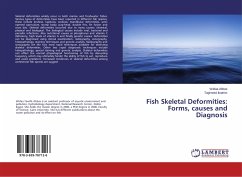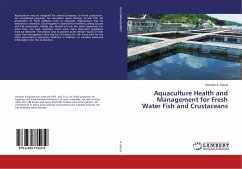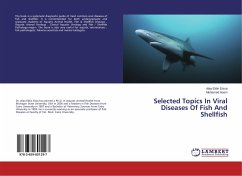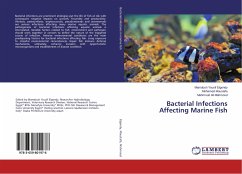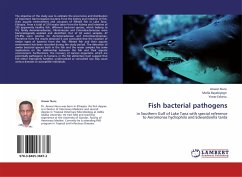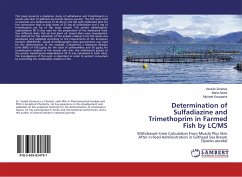Skeletal deformities widely occur in both marine and freshwater fishes. Various types of deformities have been reported in different fish species, these include lordosis, kyphosis, scoliosis, mandibular deformities, semi-opened operculum, stump body, pug-head, double fins, fin fusion and cross bits. Skeletal deformities occurred due to many causes; chemical, physical and biological. The biological causes include viral, bacterial and parasitic infections. Also nutritional causes as phosphorus and vitamin C deficiency, high levels of vitamin A and finally genetic causes. Deformities can be diagnosed using clinical examination, radiography, sonography, histopathology, staining techniques and genetic analysis. Radiography and sonography are the two most rapid techniques available for detecting skeletal deformities. Other less rapid diagnostic techniques include histopathology, special staining and genetic analysis. Skeletal deformities can affect the normal physiological functioning of fish by disrupting buoyancy, which may ultimately hinder the ability of fish to eat, reproduce and avoid predators. Increased incidences of skeletal deformities among commercial fish species are suggest

